Tibetan antelope "kindergarten" in Hoh Xil
In the severe winter season, Hoh Xil dripped into ice.
At nine o'clock in the morning, Zhao Xinlu, Deng Haiping, and Da Cai, the mountain patrol team members stationed at the Sonam Dajie Conservation Station, came to the grass behind the protection station with milk bottles and milk jugs.
"It's too cold outside in Hoh Xil, and your hands can easily stick to the iron lock." Deng Haiping carefully opened the door lock of the fence. "Dad" came, and 8 small Tibetan antelopes in the distance quickly ran to the side of the mountain patrol team, rubbing their heads against their trouser legs, biting the corners of their clothes, and moving towards the low-lying grass.
"One, two, three... eight are all here, very healthy." Deng Haiping told his teammates.
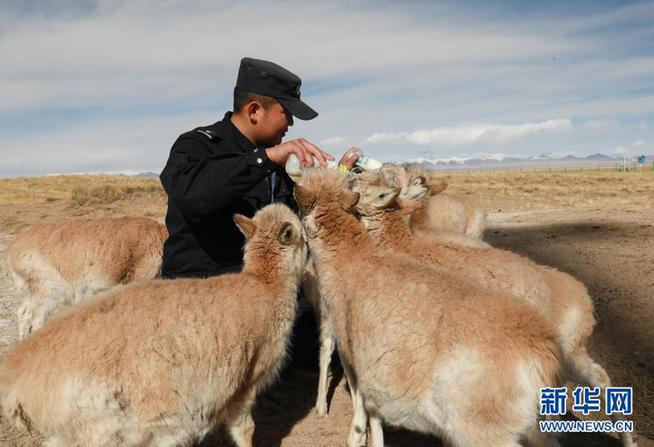
Deng Haiping, a member of the Hoh Xil mountain patrol, breast-feeds Tibetan antelope cubs (photographed on December 6). Photo by Wang Yan/Xinhua News
On a windy day with a temperature of minus 20 degrees Celsius, the milk bottle just filled with hot milk was covered with water drops. Zhao Xin hired his mouth to test the temperature, and quickly fed the bottle into the lamb's mouth: "These 8 lambs were rescued from Zhuonai Lake this year. They are only 5 months old. They cannot drink cold milk and will have diarrhea."
During the annual migration and calving season, female Tibetan antelopes from Sanjiangyuan in Qinghai, Qiangtang in Tibet, and Altun Mountain in Xinjiang will come to Zhuonai Lake in Hoh Xil to give birth, and then bring their babies home.
"The sheep run in the front, the wolf is chasing in the back." During the long journey, some female Tibetan antelopes unfortunately lost their lives, leaving young Tibetan antelopes in the middle of nowhere.
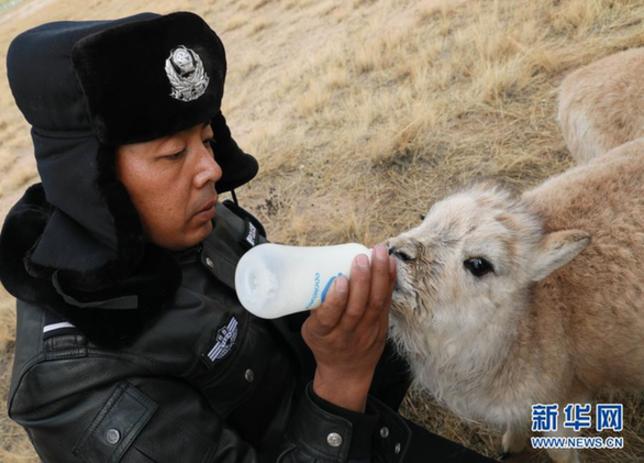
Hoh Xil mountain patrol team member Dacai breast-feeds Tibetan antelope cubs (photographed on December 7). Photo by Wang Yan/Xinhua News
"When patrolling the mountains, whether it is a small Tibetan antelope that has separated from its mother, or other injured animals, we will bring them back to the protection station for care. Over time, the protection station will have a wildlife rescue center." Zhao Xinlu said. The "kindergarten" covering an area of 550 acres is divided into two net-fence areas, small and small Tibetan antelopes and one small black goat, and four two-year-old Tibetan antelopes and one adult Tibetan in the large one. Gazelle.
"You are already full, it's time to change to a smaller one." Deng Haiping drew the bottle from the "siege" of three or four lambs, turned around and fed the last half bottle of milk to one of the small ones. antelope.
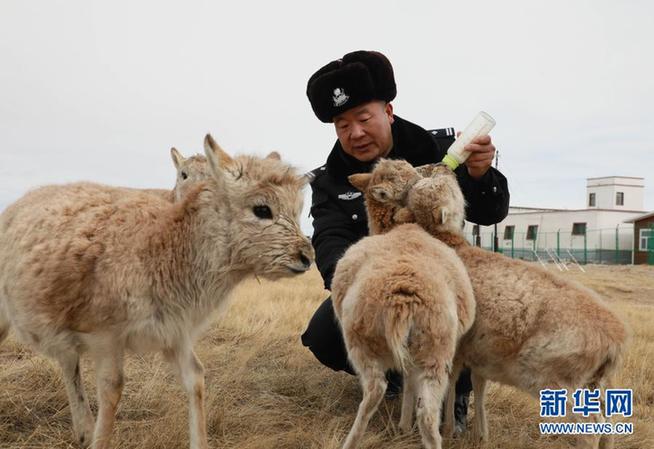
Zhao Xinlu, the director of the Hoh Xilison Dage Protection Station, breast-feeds Tibetan antelope cubs (photographed on December 7). Photo by Wang Yan/Xinhua News
Deng Haiping said that this lamb was in poor physique. As soon as he came to the protection station, he started to have a stomachache and did not eat or drink for several days. "After the medicine was given, the lamb still did not eat, so I took it to the dormitory and covered it with a quilt. Sleep, feed a little water every one or two hours, and then slowly add a little milk. I haven't closed my eyes for two days and two nights."
After feeding, the 8 little Tibetan antelopes still clung to the patrol team members. The team members took a step, and the lamb followed. The team members ran fast, and the lamb followed.
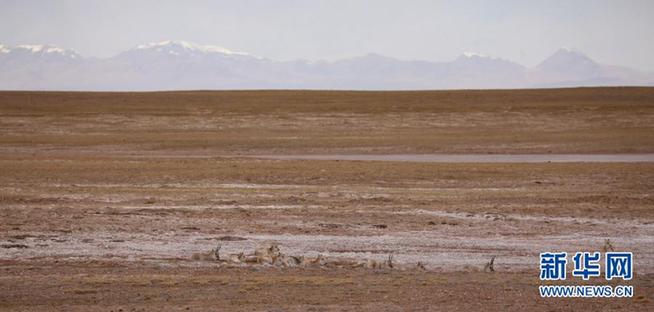
A group of Tibetan antelopes outside the Hoh Xil Sonan Dage Protection Station (photographed on December 7). Photo by Wang Yan/Xinhua News
"In four or five months, these lambs will no longer need to drink milk. When they are two years old, they can be trained in the wild in the large fence, and gradually reduce the number of meetings with us, and finally they will mature and return to nature. "Da Cai stroked one of the lambs and wiped the milk from the corner of his mouth.
It is understood that the Tibetan antelope "kindergarten" at an altitude of 4440 meters has helped more than 300 Tibetan antelopes return to the park since 2000. Back at the protection station, the team members stood by the fire and kept stomping their feet to keep warm. A plaque reading "Plateau Guard" hung behind them.

A corner of the Hoh Xil Sonan Dajie Protection Station (photographed on December 6). Photo by Wang Yan/Xinhua News
Rescuing sheep, stationing, patrolling the mountains... For more than 20 years, more than 100 mountain patrol team members have come to Hoh Xil to guard all creatures here. Now the number of Tibetan antelopes has recovered from less than 20,000 in 1997 to more than 70,000.
"Although I can't bear it, but caring for the lambs is not to keep them by their side." Deng Haiping said that what I want to see most is the groups of Tibetan antelopes running and foraging in Hoh Xil. That is the most beautiful look in Hoh Xil.
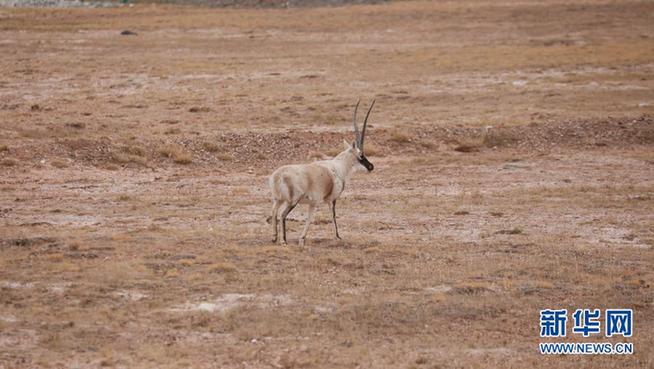
A Tibetan antelope rescued by the Hoh Xili Sonan Dage Protection Station (photographed on December 7). Photo by Wang Yan/Xinhua News
[ Editor: WPY ]




More From Guangming Online
Medics from Fujian leave for Shanghai to aid in battle against COVID-19 resurgence
New int'l land-sea transport service to Indo-China Peninsula launched
Another makeshift hospital under construction in Shanghai
Tourists view tulips in Suiping County, Henan
In pics: blooming gagea flowers on grassland in Zhaosu, Xinjiang
Greek workers stage 24-hour general strike over high prices